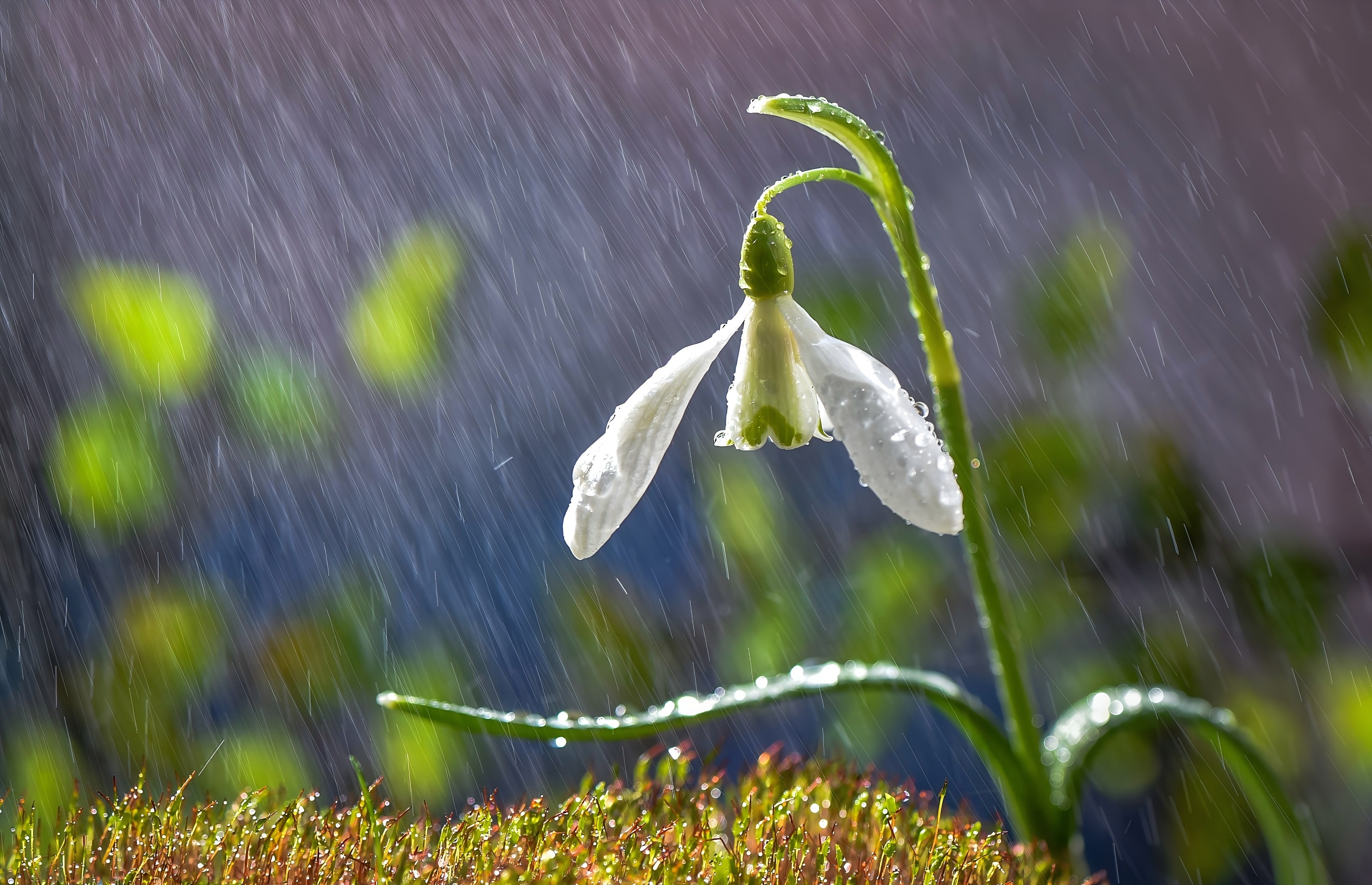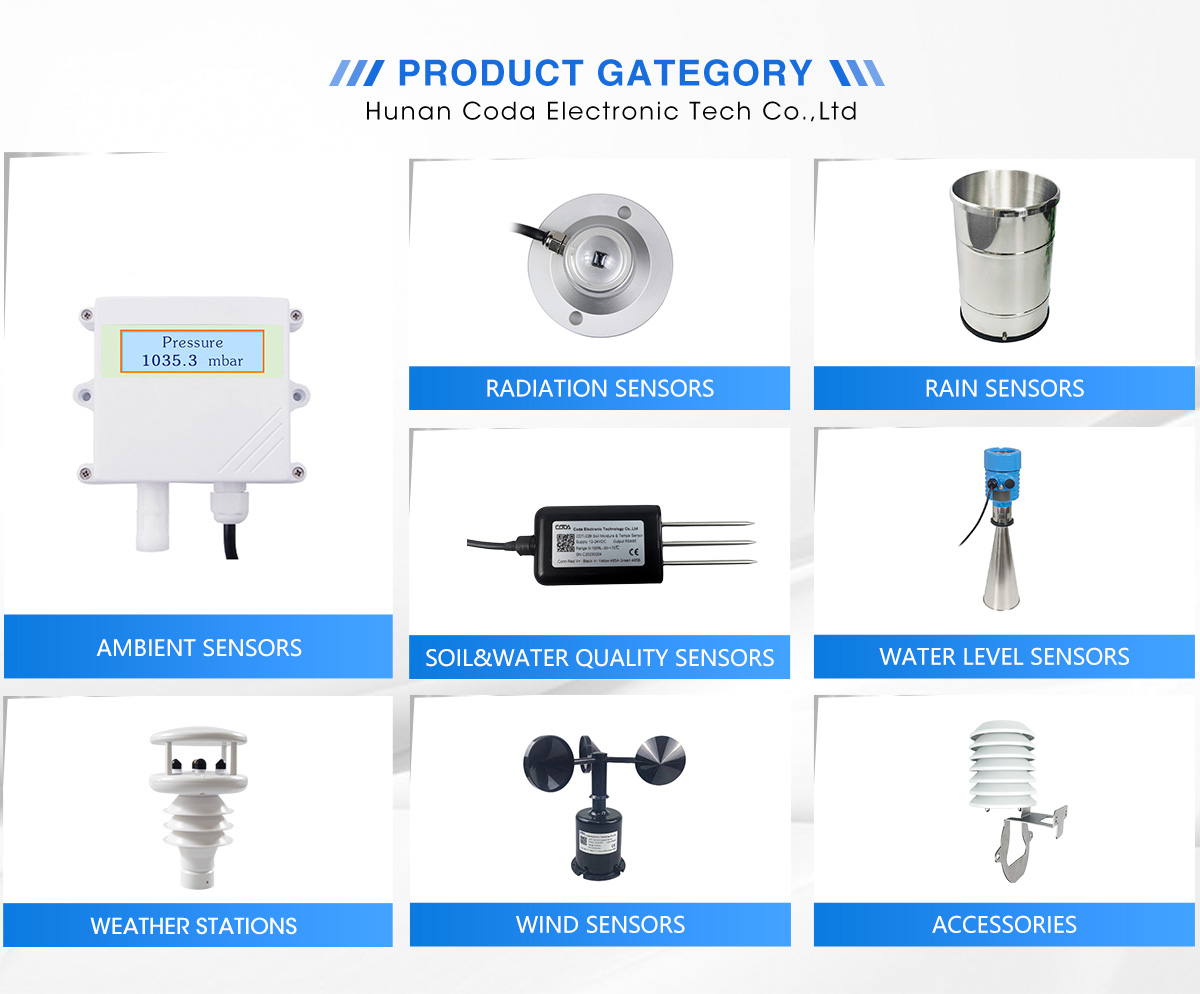In the world of greenhouse agriculture, controlling the environment is key to maximizing crop yield and quality. One key environmental factor to watch in a greenhouse is solar radiation.
This is the sunlight that plants receive. Solar energy directly influences plant energy-making.
This is the process that helps plants make energy. An important factor in managing crop growth. Accurate and real-time measurement of solar radiation can help greenhouse operators optimize growing conditions, improve energy efficiency, and boost productivity.
In this article, we will look at how solar radiation sensors help monitor greenhouses. We will discuss the benefits of accurate solar radiation measurement. We will also see how new technologies, like those from Coda Sensor, can change how greenhouses control their environments.

Plants need sunlight for plant energy-making. This process changes light energy into chemical energy. It helps them grow and develop.
In a greenhouse, optimizing solar radiation exposure can lead to healthier plants and higher yields. Here are some reasons why solar radiation is so important in greenhouse monitoring:
Plant energy-making Efficiency:
The amount of sunlight plants receive affects how well they can use sunlight to make food. This directly impacts their growth, flower and fruit production, and overall health.
Energy Management:
In some greenhouses, additional lighting or shading systems are used to complement natural sunlight. Accurate solar radiation data helps determine when these systems need to be activated or adjusted.
Optimizing Plant Growth: Different crops have specific light intensity requirements. A solar radiation sensor allows greenhouse operators to customize the lighting conditions for different plants, ensuring optimal growth.
Climate Control: Solar radiation also influences temperature levels in a greenhouse. Overexposure to sunlight can lead to overheating, while insufficient sunlight can result in poor plant growth. Monitoring solar radiation levels helps maintain the ideal temperature range for plant health.
A solar radiation sensor measures how much sunlight hits the plant canopy. It usually uses a pyranometer or photodiode. These sensors measure solar radiation in real-time.
They provide useful data to improve greenhouse conditions. The key benefits of using solar radiation sensors in a greenhouse environment include:
Real-time Data Collection:
Measuring solar radiation continuously gives greenhouse operators current information. This helps them make quick changes to the growing environment.
Data Integration:
Many modern solar radiation sensors work with cloud-based platforms and environmental monitoring systems. This allows operators to access real-time data from anywhere.
Automation:
Greenhouse systems use sensors to adjust lighting, ventilation, and shading automatically. They do this based on solar radiation levels. This creates the best growing environment without needing manual help.
Advanced Analytics:
The collected data can help greenhouse operators. They can find trends, track plant growth, and predict future energy needs.
Coda Sensor has developed cutting-edge solar radiation sensors designed specifically for greenhouse applications. Their sensors offer high precision, reliability, and ease of integration, making them ideal for modern greenhouse environments. Here’s why Coda Sensor’s solutions are a top choice for greenhouse operators:
High Accuracy:
Coda Sensor’s solar radiation sensors give accurate, real-time readings of solar radiation. This helps plants get the right amount of light for the best plant energy-making.
Wireless Connectivity: These sensors feature wireless communication capabilities, enabling remote monitoring and data analysis through cloud platforms. This ensures convenience for greenhouse managers, especially those overseeing large or multiple facilities.
Durability:
Coda Sensor’s solar radiation sensors are made to handle tough greenhouse conditions. They are weatherproof, strong, and built to last.
Customizable Settings:
Coda Sensor’s devices can be tailored to fit the needs of various plants. This makes them useful for many greenhouse uses.
Energy Efficiency:
Greenhouse operators can save energy by optimizing solar radiation levels. This reduces the need for artificial lighting and climate control. As a result, they can save money and promote sustainability.
Optimized Crop Yield:
Coda Sensor’s solar radiation sensors help plants get the right amount of sunlight. This boosts plant energy-making and improves crop quality and yield.
Efficient Energy Use:
Wireless solar radiation sensors help collect data in real-time. This allows greenhouse operators to change lighting, shading, and ventilation systems. As a result, they can reduce energy waste and lower operating costs.
Improved Climate Control:
With accurate solar radiation data, greenhouse operators can keep a stable environment. This helps prevent overheating or too little light, which can harm plant health.
Remote Monitoring and Automation: The wireless and cloud-enabled sensors offer convenience by allowing operators to monitor greenhouse conditions remotely. Additionally, automated systems can adjust settings based on solar radiation data, reducing manual work.
Sustainability:
Using solar radiation sensors to optimize energy usage contributes to a more sustainable greenhouse operation, reducing the carbon footprint and promoting eco-friendly practices.

Solar radiation sensors play a pivotal role in various types of greenhouse operations:
Commercial Greenhouses:
Large greenhouse operations use solar sensors to adjust environmental controls. This helps them grow more vegetables, flowers, or herbs.
Vertical Farming:
In controlled environment agriculture, like vertical farms, measuring solar radiation is important. It helps optimize growth conditions in multi-layer systems.
Research Greenhouses: Researchers use solar radiation sensors to study plant growth under different light conditions and improve cultivation techniques.
Hydroponics and Aquaponics:
Solar radiation sensors help check light levels in hydroponic and aquaponic systems. They make sure plants get the right amount of light for nutrient absorption.
Solar radiation plays a critical role in the growth and development of plants in greenhouses. By accurately measuring and monitoring solar radiation levels, greenhouse operators can optimize the growing environment, improve crop yield, and reduce energy consumption. With innovative solutions from Coda Sensor, the future of greenhouse agriculture looks brighter than ever.
If you want to manage your greenhouse environment, consider using Coda Sensor’s solar radiation sensors. They can help boost productivity. Start optimizing your greenhouse today and experience the benefits of precision farming with advanced technology.
Discover how real-time weather station data impr
Discover how Automatic Weather Stations (AWS) ar
Discover how CODA gas sensors are the invisible
Contact: Molly
Phone: +86-17775769236
Tel: 86-0731-85117089
Email: molly@codasensor.com
Add: Building S5, Aux Square, Yuelu District, Changsha City, Hunan Province, China
We chat